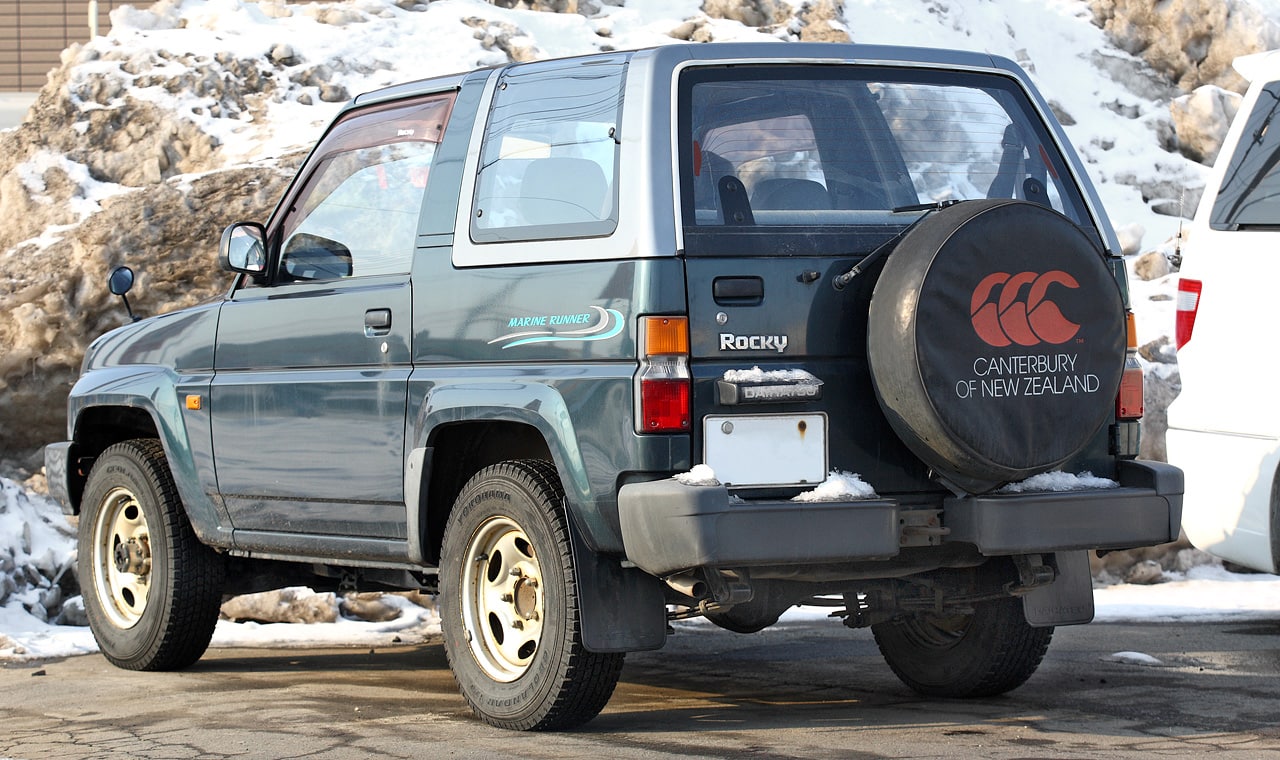SUVs are the dominant car segment nowadays. Most car companies are discontinuing sedans and concentrating solely on SUVs and trucks since it seems like only those vehicles bring profits. For almost two decades, SUV models have been on the constant rise and it looks like car buyers can’t get enough of them.
However, despite the fact that every SUV car companies introduce is a sales hit, some have failed miserably, becoming flops the moment they debuted. While producing SUVs pays off big time, car manufacturers need to offer a bit more than big wagon bodies to attract more customers. Keep reading to learn about the 30 SUVs that failed and became the laughingstock of the automotive industry.

30. Daihatsu Rocky
The initial success of the Suzuki Samurai in the states inspired Daihatsu to offer a similar compact SUV on American soil. But even though the Rocky was a great little offroad SUV, it failed to sell as well as the company hoped it would. Yes, it was small and capable, but it lacked the power of the Jeep Wrangler.

The main reason is that the market had slowly moved towards bigger, more luxurious models. And sadly, the Rocky was simply not enough.
